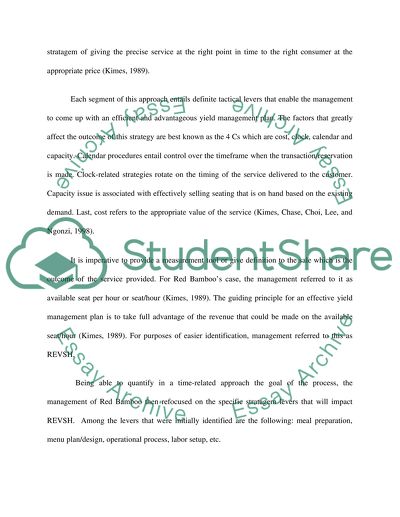Cite this document
(“Food & Beverage Revenue Management Essay Example | Topics and Well Written Essays - 2500 words”, n.d.)
Retrieved from https://studentshare.org/miscellaneous/1533125-food-beverage-revenue-management
Retrieved from https://studentshare.org/miscellaneous/1533125-food-beverage-revenue-management
(Food & Beverage Revenue Management Essay Example | Topics and Well Written Essays - 2500 Words)
https://studentshare.org/miscellaneous/1533125-food-beverage-revenue-management.
https://studentshare.org/miscellaneous/1533125-food-beverage-revenue-management.
“Food & Beverage Revenue Management Essay Example | Topics and Well Written Essays - 2500 Words”, n.d. https://studentshare.org/miscellaneous/1533125-food-beverage-revenue-management.


